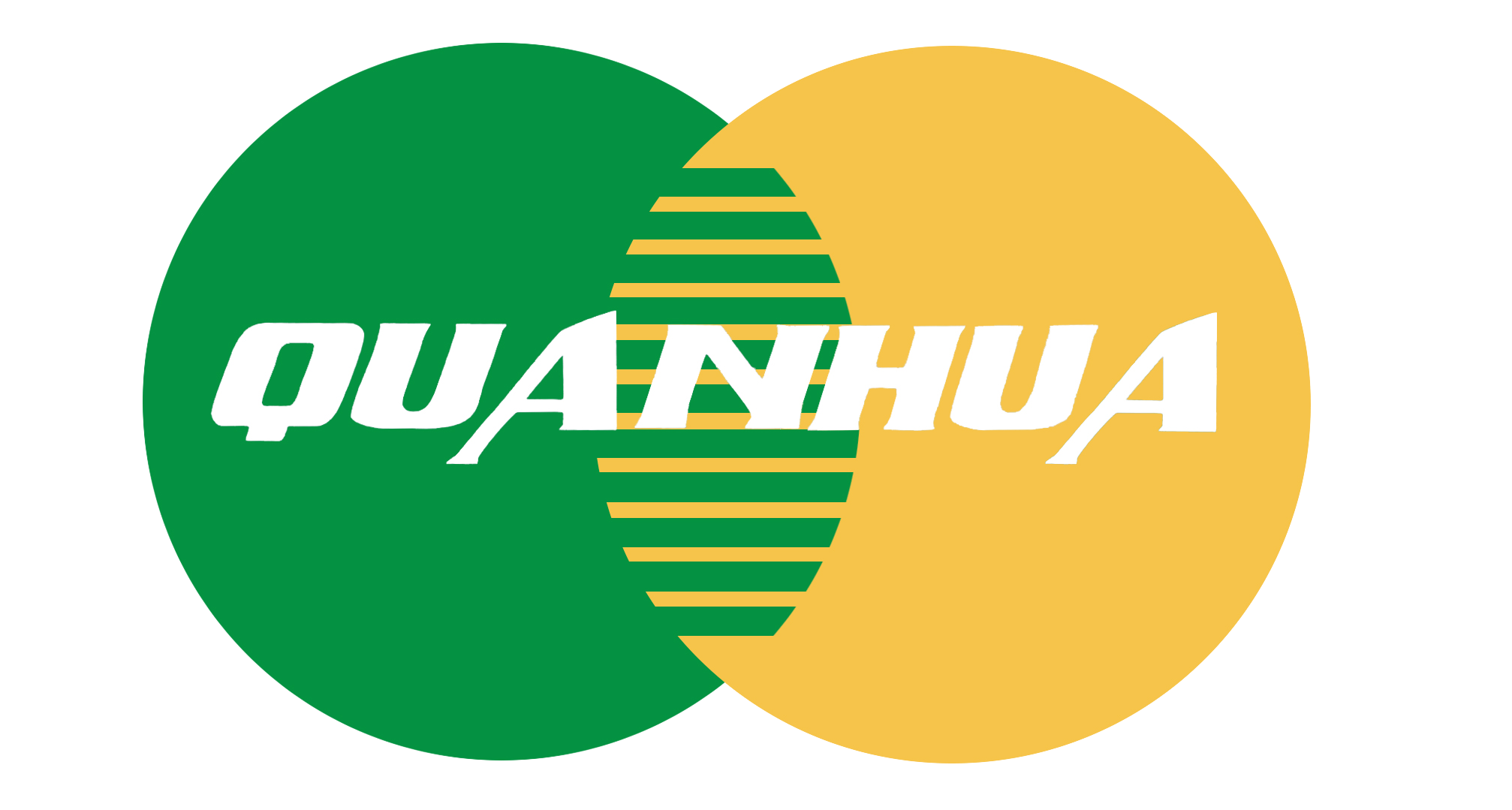Biodegradable vs. CPLA Cutlery: Unveiling the Green Difference
In the realm of eco-friendly disposable tableware, two terms often cause confusion: biodegradable and CPLA cutlery. While both promote sustainability, they differ in their material composition and environmental impact. This blog post delves into the key distinctions between biodegradable and CPLA cutlery, empowering you to make conscious choices for an eco-friendly lifestyle.
Biodegradable Cutlery: Embracing Natural Materials
Biodegradable cutlery is crafted from plant-based materials, such as cornstarch, bamboo, or bagasse (sugarcane fiber). These materials break down naturally under specific conditions, typically in industrial composting facilities. The biodegradation process typically takes months or years, depending on the material and composting conditions.
The primary advantage of biodegradable cutlery lies in its ability to reduce environmental impact by minimizing waste and contributing to a cleaner planet. Additionally, the production of biodegradable cutlery often utilizes renewable plant-based resources, reducing reliance on finite petroleum sources.
CPLA Cutlery: A Durable Alternative Derived from Plants
CPLA (Crystallized Polylactic Acid) cutlery is derived from plant-based materials, such as corn starch or sugarcane. Unlike conventional plastic cutlery made from petroleum, CPLA cutlery is considered a plant-based plastic. It undergoes a process that enhances its durability and heat resistance, making it suitable for hot and cold foods.
CPLA cutlery offers several benefits:
Durability: CPLA cutlery is sturdier than biodegradable cutlery, making it less prone to breakage or bending.
Heat Resistance: CPLA cutlery can withstand higher temperatures, making it suitable for hot foods and drinks.
Compostability: While not as readily biodegradable as some plant-based materials, CPLA cutlery can be composted in industrial composting facilities.
Making an Informed Decision: Choosing the Right Cutlery
The choice between biodegradable and CPLA cutlery depends on your specific needs and priorities:
For everyday use and cost-effectiveness, biodegradable cutlery is a viable option.
If durability and heat resistance are crucial, CPLA cutlery is a better choice.
Consider the availability of industrial composting facilities in your area.
Conclusion: Embracing Sustainable Choices for a Greener Future
Both biodegradable and CPLA cutlery offer eco-friendly alternatives to conventional plastic cutlery. By understanding their differences and making informed decisions, individuals and businesses can contribute to reducing waste and promoting sustainable practices. As we strive towards a greener planet, both biodegradable and CPLA cutlery have the potential to play a significant role in shaping a more sustainable future.
Additional Considerations
Explore other eco-friendly options, such as reusable utensils, to further reduce waste.
Support businesses that prioritize sustainable practices and offer eco-friendly products.
Educate others about the importance of making conscious choices for a healthier planet.
Remember, every step towards sustainability, no matter how small, contributes to a collective effort to protect our environment and create a more sustainable future for generations to come.

